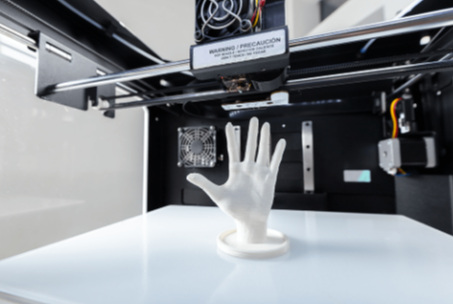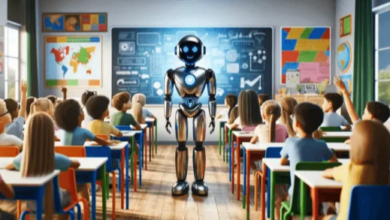The transition of 3D printing from a rapid prototyping tool to a mainstream manufacturing method signifies a paradigm shift in production processes. This technology enables the creation of complex, customized products with remarkable efficiency. Industries such as automotive and healthcare are leveraging its potential to enhance product design and reduce lead times. As the integration of sustainable practices becomes increasingly vital, the implications for consumer behavior and market dynamics warrant closer examination.
The Evolution of 3D Printing Technology
As the demand for rapid prototyping and customized manufacturing has surged, the evolution of 3D printing technology has emerged as a transformative force across various industries.
Key historical milestones in additive manufacturing, such as the introduction of stereolithography and selective laser sintering, have redefined production capabilities.
This innovative approach allows for unprecedented design freedom, enabling creators to produce complex geometries efficiently and economically.
Read Also: How Technology Is Reshaping Music Creation
Applications in Various Industries
Numerous industries are harnessing the capabilities of 3D printing to enhance their operations and product offerings.
In the medical sector, customized devices are revolutionizing patient care, allowing for tailored solutions.
Meanwhile, the automotive industry employs 3D printing for rapid prototyping and production of intricate parts, optimizing performance and reducing lead times.
These applications exemplify the technology’s potential to transform traditional manufacturing paradigms.
Sustainability and Environmental Impact
Sustainability is increasingly recognized as a crucial factor in the adoption of 3D printing technologies across various sectors.
The utilization of recyclable materials significantly enhances the environmental footprint of production processes.
Moreover, 3D printing inherently promotes waste reduction by employing additive manufacturing techniques that minimize excess material.
This innovative approach not only meets consumer demands for sustainable products but also aligns with global efforts toward environmental conservation.
The Future of Personalization in 3D Printing
The evolution of 3D printing technology has paved the way for unprecedented levels of personalization in product design and manufacturing.
Customized designs are now paramount, enabling consumers to select individualized solutions that cater to their unique preferences.
As this technology advances, the democratization of production will empower users to create bespoke items, fostering a new era of creativity and personal expression in everyday products.
Conclusion
In conclusion, the remarkable rise of 3D printing redefines production paradigms, paving the path for personalized possibilities. By seamlessly integrating sustainability with sophisticated design, this transformative technology transcends traditional manufacturing limitations. As industries harness its innovative capabilities, the future gleams with the promise of tailored treasures, fostering a fusion of functionality and flair. Thus, 3D printing stands as a beacon of beneficial breakthroughs, boldly bridging the gap between prototyping and the personalized products of tomorrow.





